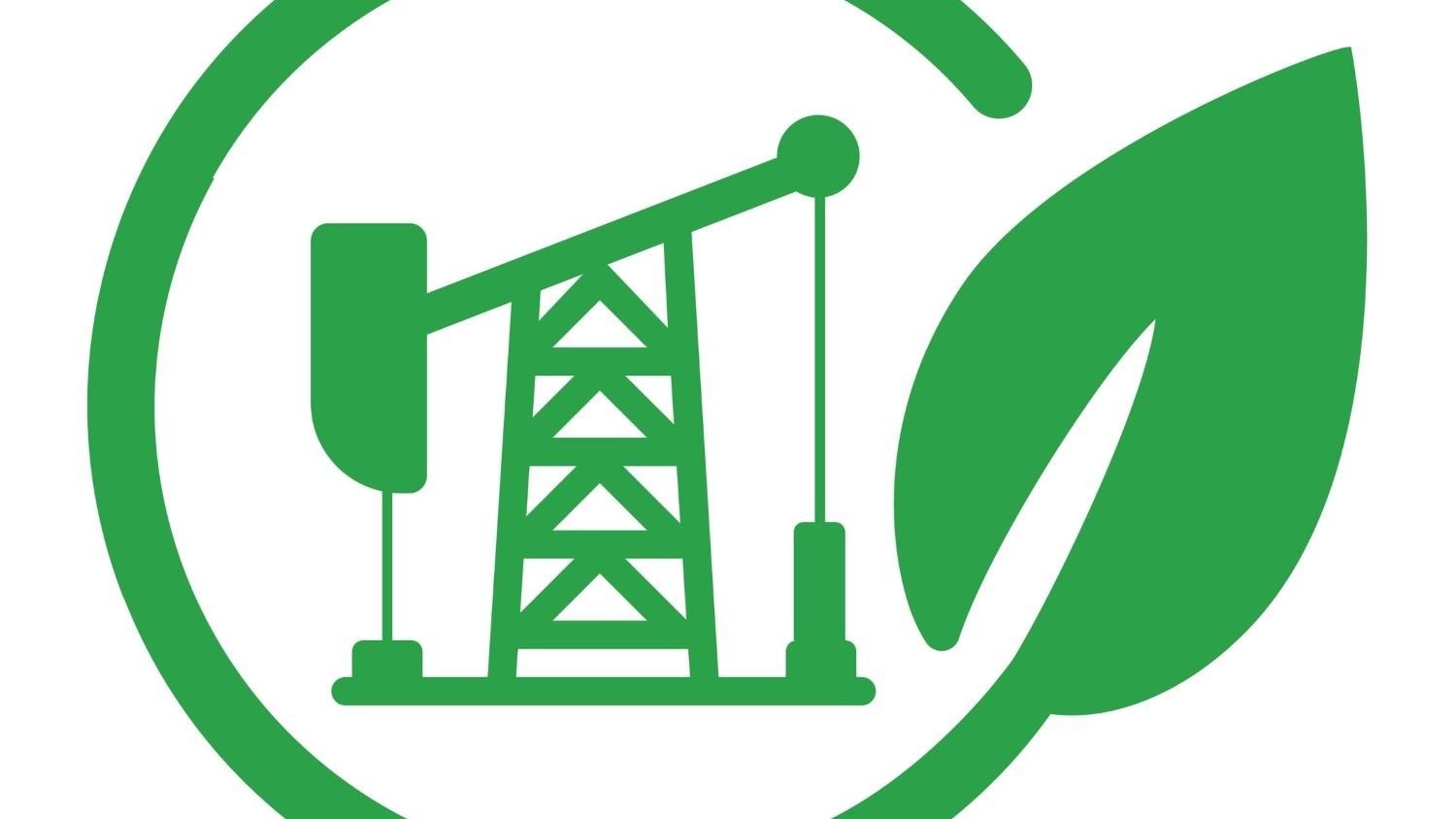Sustainability in drilling, especially in industries like oil, gas, and mining, involves adopting eco-friendly practices and using equipment designed to minimize environmental impact. Here are some of the key practices and innovations in this area:
Reduced Footprint Drilling Equipment
Advances in drilling equipment design aim to reduce the physical footprint of drilling operations. Compact rigs, drilling rigs upet.com and multi-directional drilling capabilities allow for more wells to be drilled from a single pad, reducing the disturbance to the surrounding land.
Reduced footprint drilling equipment has become a focal point in the oil and gas industry, with companies recognizing the importance of sustainable practices. Central to this is the innovative design of drilling equipment. The use of lighter and more compact materials forms the backbone of sustainability initiatives. It not only reduces the amount of space required but also promotes efficiency.
Water Management Technologies
Water is a critical resource in drilling operations. Technologies that enable the recycling of water used in drilling processes, or that treat contaminated water before it is released back into the environment, are vital. Techniques like using non-aqueous fluids to replace water-based muds also help in reducing water usage.
Compliance with regulations and adherence to water management policies is another important aspect of sustainable drilling. Regulatory bodies such as the Environmental Protection Agency (EPA) in the U.S. enforce strict guidelines on water usage and disposal in drilling operations. However, many companies are going beyond mere compliance to implement best practices in water management. These include conducting regular audits, setting internal water management targets, and investing in new technologies to reduce water usage.
The impact and benefits of water management technologies on the environment and the drilling industry are enormous. The use of these technologies leads to reduced water waste, minimized environmental degradation, cost savings, and improved operational efficiency.
Low Emission Drilling Solutions
Emission control is another significant aspect of sustainable drilling. This includes using electric drilling rigs that can be powered by renewable energy sources instead of diesel. Additionally, capturing emissions from drilling operations for reuse or safe disposal significantly reduces the environmental impact.
In recent years, several advancements have been made to reduce emissions during drilling operations. Energy-efficient drilling equipment, for example, uses less fuel and emits fewer greenhouse gases. Carbon capture and storage technologies are also gaining traction, capturing CO2 emissions at the source and preventing them from being released into the atmosphere. Advanced drilling techniques, such as managed pressure drilling and underbalanced drilling, have been developed to minimize the release of greenhouse gases.
Biodegradable Drilling Fluids
Innovations in drilling fluids include the development of biodegradable options that minimize the environmental damage if they are released. These fluids are designed to break down more quickly than traditional fluids and have a reduced impact on ecosystems.
Biodegradable drilling fluids are made from natural materials that can be broken down by biological processes. Unlike traditional drilling fluids, which can contaminate soil and water and harm wildlife, biodegradable fluids are designed to reduce environmental impact. They are also often safer for workers to handle.
There are several types of biodegradable drilling fluids, including oil-based, water-based, and synthetic-based fluids. Each type has its advantages and disadvantages, but all are designed to minimize environmental impact. For example, oil-based fluids are highly efficient and provide excellent lubrication, but they can be more harmful to the environment than water-based fluids, which are less efficient but more environmentally friendly.
Enhanced Monitoring Systems
Real-time monitoring systems that use sensors and IoT (Internet of Things) technologies can greatly improve the efficiency of drilling operations. These systems help in minimizing waste and ensuring that equipment is operating within the most environmentally friendly parameters.
Data analytics is another vital aspect of enhanced monitoring systems. Real-time data analysis helps in predictive maintenance, where potential issues are identified and addressed before they result in significant damage. This not only increases the efficiency of drilling operations but also minimizes the risk of environmental hazards.
Enhanced monitoring systems significantly contribute to the safety of drilling operations. They monitor the structural integrity of the drilling equipment, detect gas leaks, and ensure the safe handling and disposal of drilling waste.
In terms of future directions, more research is required to further enhance these systems, particularly in the areas of predictive maintenance and automation. This will not only improve the efficiency and safety of drilling operations but will also contribute to the broader goal of making the drilling industry more sustainable.








